Space is a void entity with eight planets and uncountable stars. Life on other planets, space existence, and aliens have always piqued human curiosity. The space exploration journey started long back in 1957 with the launch of Sputnik, the first artificial satellite. Since we have progressed exponentially in this field.
We are taking you on a journey through the space age with this article.
- NASA is the world’s biggest space organization
- The international space station is a combination of five space firms
- Yuri Gagarin was the first man to land in the space
- Spacecraft contains 10 types of components
- Jeff Bezos flew to space with the Blue Origins Capsule
- ISRO’s mission Mangalyan is the cheapest Mars mission to date
- Project Mercury was the first human spaceflight program
- Moon Buggy was used for traveling on the moon
- Earth’s appearance has changed over time
- Extraterrestrial life might have existed
NASA is the world’s biggest space organization
National aeronautics and space administration (NASA) is an agency started in 1958 to discover the technology and science behind space and air. This is the pioneer of many notable space missions and is continuing the journey with many future ventures. NASA is primarily working in the below streams:
- Exploring and studying the solar system with space probes.
- Studying Scientific aspects of trajectories
- Developing various programs to encourage students and professionals to enter into the space era
NASA’s James Webb telescope has recently captured images of the most distant galaxy. This cartwheel galaxy is a rare view to witness. It has also detected the first-ever Supernova, which is a bright and powerful explosion of a dying star. With Webb, it is possible to know past and future insights into this galaxy. The fundamental objective of this telescope is to know all the secrets, origins, and wonders associated with the universe.
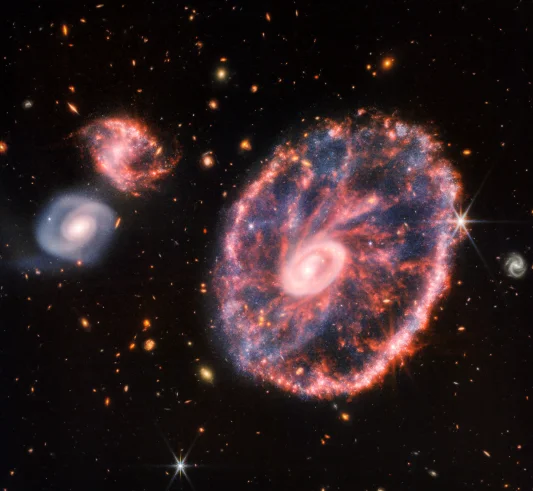
The international space station is a combination of five space firms
The ISS (international space station) is the largest station formed with a collaboration of five space agencies. The firms are NASA, JAXA, ESA, ROSCOSMOS, and CSA. ISS labs have capabilities in various fields like astronomy, meteorology, physics, and many more. It has a prominent facility for testing spacecraft and their equipment for long-duration space missions.
It is expected that surgical robots, known as MIRA could board the ISS to accompany astronauts for the zero-gravity testing mission in 2024. This will be a crucial stepping stone to ensuring the good health of the astronauts in case of a medical emergency.
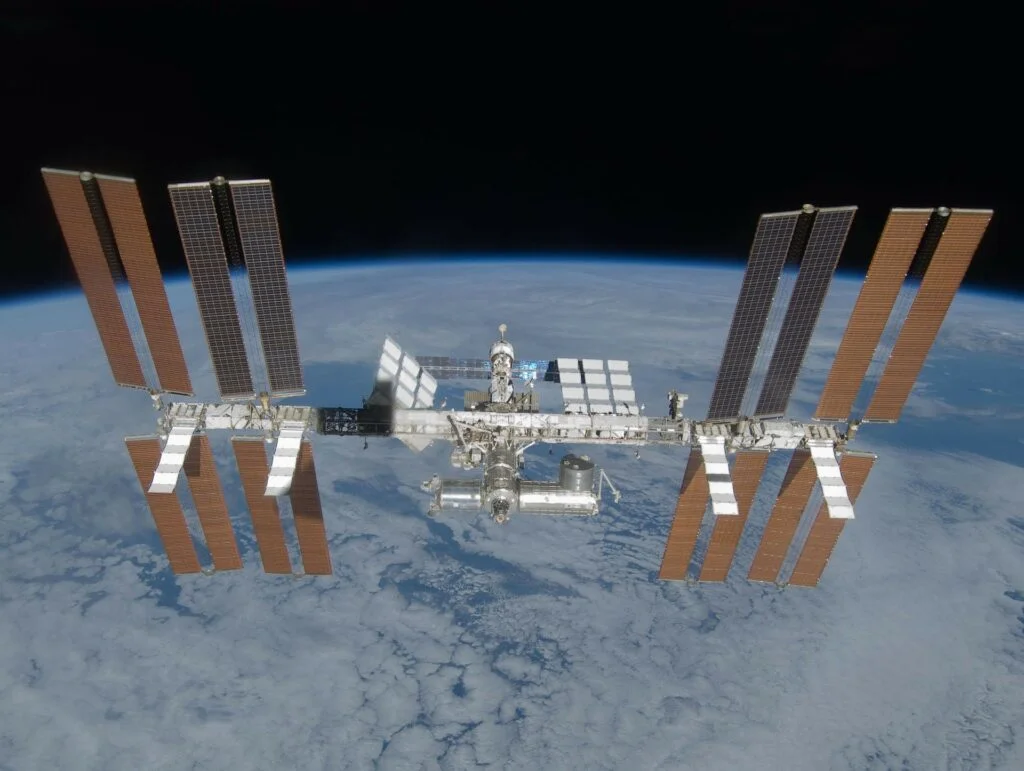
Yuri Gagarin was the first man to land in the space
Yuri Gagarin, a 27-year-old Soviet cosmonaut was the first human being to visit space. On 12th April 1961, the spacecraft Vostok orbited the earth in 1 hour 29 minutes and returned to the Soviet. This was an awe-shaking discovery that opened the space doors for astronauts. Below is the list of some notable personalities:
- Alan Shepard is the first American who traveled into space
- Aleksey Lenov is the first man to walk in space
- Moonwalking was first accomplished by Neil Armstrong
- Rakesh Sharma is the first Indian to explore space
- Cosmonaut Valentina Tereshkova was the first female to go into the space
- From India, Kalpana Chawla was the first female candidate to travel into space
Spacecraft contains 10 types of components
A typical spacecraft consists of 10 different types of parts to ensure a smooth mission.
- Thermal: Controls temperature variations in the extreme environmental conditions
- Telecommunications: Transmits radio signals between Earth and the spacecraft for communication
- Devices with moving objects: Moves high-gain antenna and solar arrays to point toward earth and Sun respectively.
- Power: Supplies electricity
- Propulsion: Applies thrust to enter Mars orbit and corrects flight path
- Antennas: Data transmission
- Navigation, guidance, and control: Guides spacecraft and maintains proper orientation
- Structures: Stores all kinds of equipment
- Data handling system: Provides data storage and command processing
- Devices: Supports technical experiments
Jeff Bezos flew to space with the Blue Origins Capsule
The rocket and capsule developed by Bezos’ private spaceflight company, Blue Origin, reached the edge of space with Jeff and three people accompanying him. The rocket named the New Shepard traveled at three times the speed of sound. Bezos and his team reached the border of space when the capsule split at 250,000 feet. The craft landed smoothly on the launchpad. It took roughly 10 minutes for the entire flight to complete.
This was a great move toward promoting space tourism.
ISRO’s mission Mangalyan is the cheapest Mars mission to date
Mangalyan, which is India’s first interplanetary mission, was launched by the Indian Space Research Organization (ISRO) in 2014. It was sent successfully on the first attempt. It cost 4.5 billion rupees or USD 74 million which is astonishingly low. Maven, the American orbiter that arrived at Mars that year, was almost ten times more expensive.
Specifically, the mission’s primary objective is to create the technologies necessary for designing, planning, controlling, and working on an interplanetary mission. Additionally, it is aimed at exploring the surface qualities, morphology, mineralogy, and environment of Mars.
Project Mercury was the first human spaceflight program
The first U.S. space program, Project Mercury, flew 25 times between 1961 and 1963, with six flights involving astronauts. An era of endless possibilities began with this first-of-its-kind program. SpaceX has also launched such programs to orbit the earth, the moon, mars, and beyond.
As part of its Gangayaan program, ISRO plans to launch people into low-earth orbit in a short time frame. It will be the stepping stone for a space exploration program designed for humans in India.
Moon Buggy was used for traveling on the moon
During 1971 and 1972, the American Apollo Program (15, 16, and 17) witnessed astronauts driving space buggy. It is a four-wheeled and battery-powered vehicle used on the moon. A lunar module was designed to climb steep slopes, traverse rocks, and move easily over the regolith of the Moon.
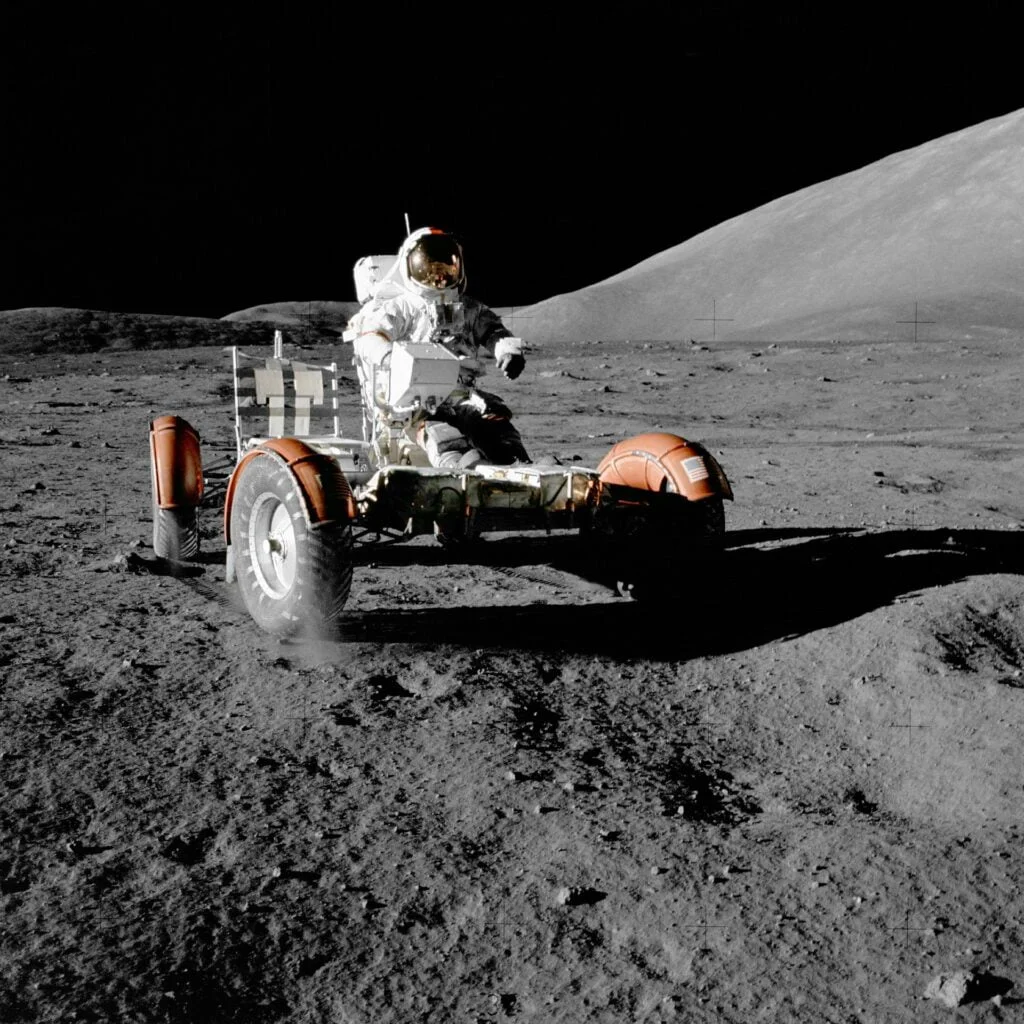
Earth’s appearance has changed over time
We have seen the earth in a blue orbit over the years. But it was not always like that. Earth’s evolution over time has been as follows:
- Pale orange: In the Archean era, between 3.8 and 2.5 billion years ago
- Snowball earth: Earth was shielded with ice around 630 million years ago, forming a snowball
- Dinosaur era: Seas and continents were shaped in a contemporary manner in the Dinosaur era, dating back 252 to 66 million years.
- The last ice age: About 2.6 million to 11,700 years ago, the earth was covered with ice for most of its territory.
- Current day earth: With human civilization and the advancement of technology, the Holocene era has expanded.
Extraterrestrial life might have existed
Scientists have found the presence of total organic carbon on the martian rocks (rocks from Mars). Organic carbon, which is the source of life, is composed of this total organic carbon.
Learn more, 6 terrific explorations by Stephen Hawking.
Although organic carbon can come from non-living sources, such as meteorites and volcanoes, and be formed in situ by surface reactions, it does not prove life on Mars. Mars is currently uninhabitable for life, but billions of years ago, it had a thicker climate, liquid water flowing into rivers and seas, and a more Earth-like environment. Many researchers across the globe are trying to solve this mystery and are looking forward to establishing future alternatives for life.
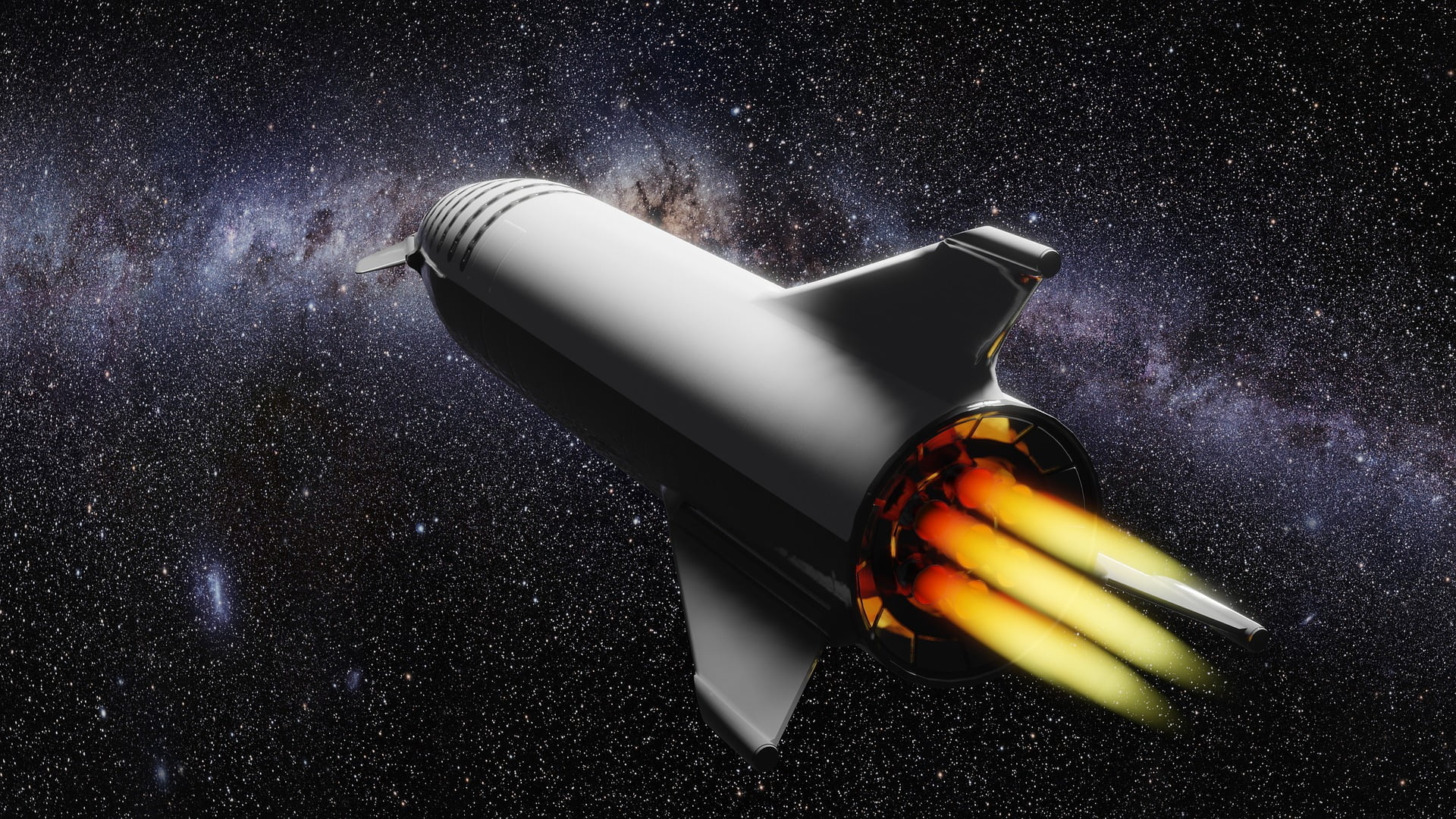
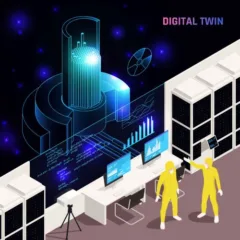


Brilliant content techdiggers… You guys have amazing information. Can we get a article related to wireless electricity?
Thanks
Best Regards
Thank you, Sitesh! Sure, stay connected!
[…] applications of MOSFET. Moreover, this device dominates different sectors such as automotive, space, telecommunications, avionics, and […]
[…] news about asteroids hitting earth gives us goosebumps. Discoveries about space, solar systems, and planets always spark human curiosity. These are rocky bodies, basically small […]
[…] to our article 10 space facts that stunned the world to know crucial realities about […]
[…] to our article 10 space facts that stunned the world to know some interesting things about […]